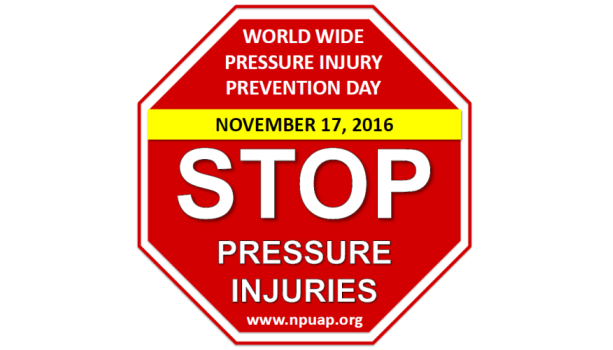Inadequate Nutrition and Wound Healing
January 7, 2016
Congratulations to Bruce Ruben, MD, for his #1 WoundSource blog for 2015; Wound Healing: Reasons Wounds Will Not Heal. I certainly concur with Dr. Ruben that inadequate nutrition is an often-overlooked reason for delayed wound healing.
Energy Requirements for Wound Healing
While indirect calorimetry is the most accurate method for determining energy needs and what constitutes adequate nutritional intake for an individual with wounds, it is not widely available in most health care organizations. Registered dietitians often use predictive equations such as the Mifflin-St. Jeor or the Harris-Benedict as a guideline for estimating caloric needs or the pressure ulcer guidelines of 30-35 calories per kg/body weight. Unintended weight loss is one of the best predictors of inadequate nutrition and negative health outcomes, such as impaired wound healing.
Accurate weights, which take into account the presence of edema or hydration status, are critical for determining weight status. For this reason, individuals with wounds should have their weight routinely monitored and documented, and significant (≥5% in 30 days) weight decline should be communicated to the nutrition team in monitoring nutritional status. Individuals with wounds must consume adequate calories, which supports collagen and nitrogen synthesis and promotes anabolism by sparing protein from being used as an energy source.
Protein Status and Inadequate Nutrition
Historically, biochemical data has been used to reflect dietary protein intake and protein stores. However, research indicates that acute phase proteins such as serum albumin, prealbumin and transferrin lack the sensitivity and specificity to be used as indicators of nutritional status for individuals with wounds. Serum hepatic proteins correlate with morbidity and mortality and may be useful indicators of illness severity.
Hydration status, inflammation, infection, and disease status all affect serum protein levels. For example, dehydration elevates albumin and prealbumin and levels are decreased with inflammation and infection. An increased C-reactive protein level accompanied by decreased albumin and prealbumin levels is probably due to underlying inflammation. Inflammatory biomarkers such as serum protein levels are not recommended for diagnosing malnutrition resulting from inadequate consumption nutritional intake. Protein is vital for tissue perfusion, preservation of the immune function, synthesis of enzymes involved in wound healing, as well as cell multiplication and collagen and connective tissue multiplication. Increased dietary protein intake is a key component to wound healing and the 2014 NPUAP/EPUAP/PPPIA guidelines recommend 1.25-1.5 grams/kg body weight for adults with existing pressure ulcers.
Translating Protein/Energy Needs
Based on the 2014 guidelines, a 150 pound individual with a stage IV pressure ulcer requires 2040-2380 calories and 85-102 grams of protein daily. Animal proteins are considered the highest quality proteins since they contain sufficient amounts of all nine essential amino acids. An ounce of meat, poultry, fish, cheese or an egg contains approximately 7 grams of protein and 8 ounces of milk has 8 grams. Fortified foods or high calorie, high protein supplements may be needed to achieve these calorie and protein goals. Encourage clients to include good sources of dietary protein in each meal to support wound healing.
About The Author
Mary Ellen Posthauer RDN, CD, LD, FAND is an award winning dietitian, consultant for MEP Healthcare Dietary Services, published author, and member of the Purdue University Hall of Fame, Department of Foods and Nutrition, having held positions on numerous boards and panels including the National Pressure Ulcer Advisory Panel and the American Dietetic Association's Unintentional Weight Loss work group.
The views and opinions expressed in this blog are solely those of the author, and do not represent the views of WoundSource, HMP Global, its affiliates, or subsidiary companies.











